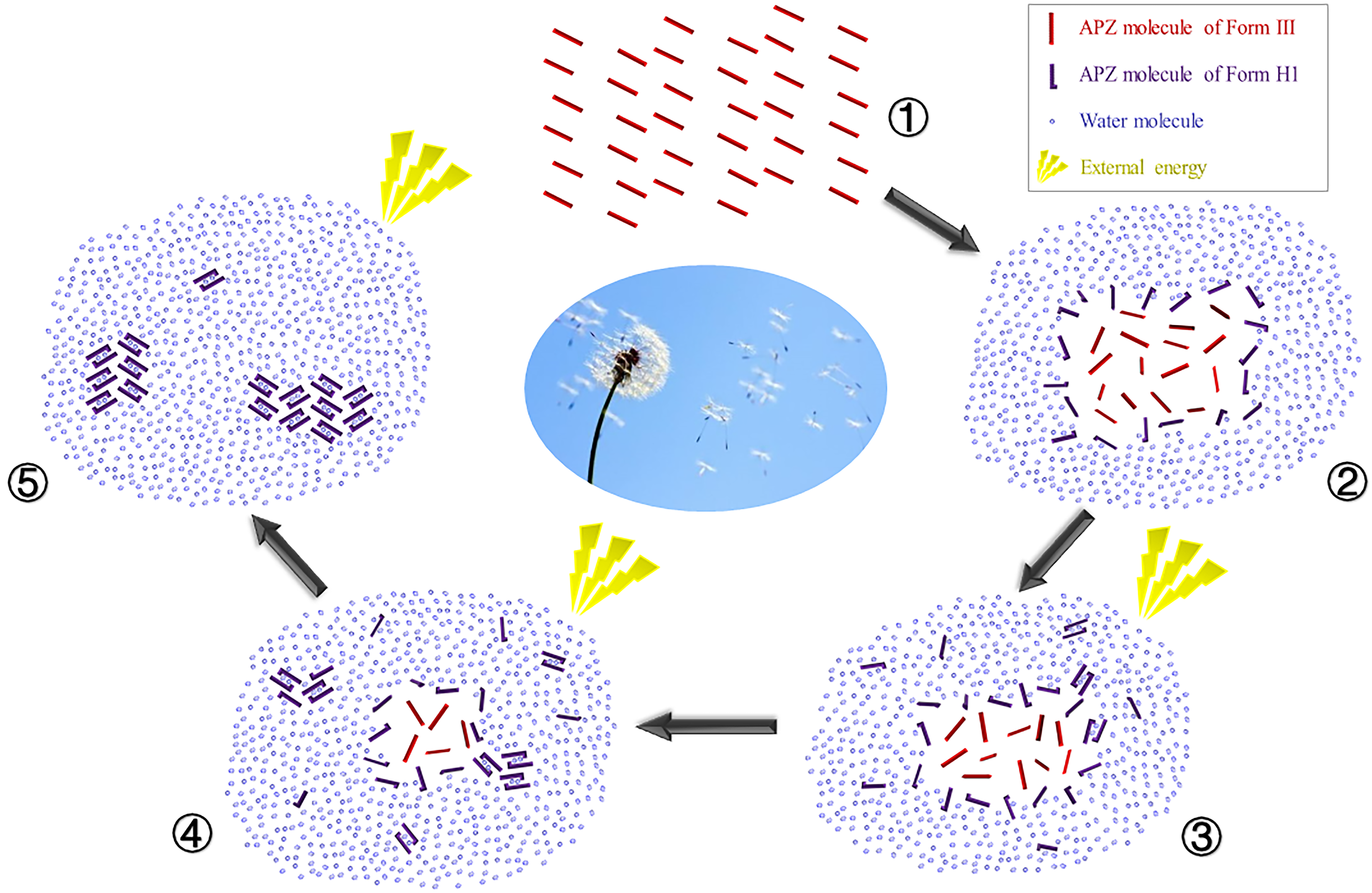(488f) Dandelion-Sowing Hydration Mechanism of the Water-Insoluble Drug Aripiprazole
AIChE Annual Meeting
2023
2023 AIChE Annual Meeting
Separations Division
Solid Form Characterization and Development: Cocrystals, Salts, Solvates, Polymorphs, and Beyond
Thursday, November 9, 2023 - 2:21pm to 2:39pm
Hydrate of APIs has received a lot of attentions as it can broaden the options for final dosage forms and can also enrich the methods for developing new crystal forms. In this work, aripiprazole whose solubility in water is quite low was used as model compound to investigate the mechanism of hydration and low solubility. Based on single crystal structures of Form H1 and anhydrous Form III, molecular surface electrostatic potential (MSEP) was calculated to localize strong intermolecular interaction sites. The conformational energies and cohesive energies of Form III and Form H1 were calculated and their stabilities were compared. The energy calculation results show that the relative stability of Form III and Form H1 can be determined by the cohesive energy. Furthermore, the insolubility mechanism of Form III in water was explored based on the synthetic analysis of the crystal structure, crystal energy, and molecular dynamics simulation results. It was found that the overall decrease in polarity caused by the formation of APZ diamide dimer structure and the strong binding effect on APZ molecule clusters due to strong hydrogen bonds and van der Waals interactions lead to the water insolubility of Form III. Finally, a dandelion-sowing mechanism for the solid-phase transformation process (hydration process) of Form III to Form H1 in water was explored by suspension crystallization experiments and molecular dynamics simulations. The core step of the mechanism lies in the detachment of APZ molecules or small molecular clusters from the surfaces of Form III molecular clusters induced by external input energy, like the detachment of dandelion pappi from blowballs blown by the wind. The whole dandelion-sowing type hydration mechanism is demonstrated in Figure 1.


